Salmonella hide in food such as raw meat or eggs, in animal excrement or in public toilets. Often a small hygienic negligence is enough to become infected with the bacteria - the result is usually classic food poisoning. But some species of salmonella are far more insidious; an infection can cause very serious illnesses such as typhoid or paratyphoid fever.
What are salmonella?
Salmonella are a genus of different bacteria that come from the enterobacteria family and can cause diseases in humans and animals. The genus of bacteria Salmonella holds over 2,500 variations, of which over 500 are harmful to humans and can trigger what is known as salmonellosis.
This infectious bowel disease usually occurs after eating foods contaminated with salmonella; the infection causes diarrhea, vomiting, and nausea, but can be fatal in individual cases. In addition to the infection, which is restricted to the gastrointestinal tract, Salmonella can also trigger other serious diseases such as typhoid and paratyphoid.
Not only humans but also animals can be attacked by the pathogens. Infection usually occurs through food or through human-to-human contact, but transmission from animal to human cannot be ruled out. Salmonella infection is therefore one of the so-called zoonoses, those diseases that can be transmitted between animals and humans.
Due to the easy transferability, there is a worldwide reporting obligation for all diseases that are triggered by Salmonella; this is especially true for outbreaks of typhoid and paratyphoid fever.
Occurrence, Distribution & Properties
Salmonella are rod-shaped bacteria that are found worldwide. They have a diameter of about 0.7 to 1.5 µm and usually a length of 2 to 5 µm. Salmonella belong to the group of gram-negative bacteria, they are actively mobile and have an oxidative energy metabolism. Closely related to the genus Escherichia, Salmonella belong to the Enterobacteriaceae family. They occur both in humans and animals, but also outside of living beings.
Depending on the species, Salmonella populate a wide variety of habitats: For example, Salmonella enterica ssp. Arizonae is found mainly in mammals, cold-blooded animals and poultry, while Salmonella Enteritidis is mainly found in the intestines of cattle, ducks or rodents and can cause acute gastroenteritis in humans if infected. Salmonella Choleraesuis, on the other hand, is mainly found in the intestinal tract of pigs and is considered to be the cause of salmonellosis in pigs. People can become infected with this through the consumption of contaminated meat.
The species Salmonella Typhi occurs predominantly in subtropical climates and is considered a typhoid pathogen. A transmission can take place through contaminated food as well as through contact with infected people; water and fly droppings are also transmission routes. In addition, as a rule, up to 5 percent of all infected people remain permanently eliminated. Salmonella Typhimurium is mainly found in birds and mammals and here leads to a mostly fatal infection of the gastrointestinal tract. In humans, the pathogen causes so-called salmonella enteritis, better known as food poisoning.
Salmonella belong to the most insidious groups of pathogens because of their long outdoor survivability. Outside of an animal or human body, the bacteria are viable for several weeks, in dried feces they can even be detected over a period of 2.5 years. UV radiation, on the other hand, accelerates their death, as does temperatures above 75 degrees Celsius. Freezing does not kill the pathogens, it only prevents them from multiplying. In an acidic environment, however, they die relatively quickly; most disinfectants can kill salmonella within minutes.
Illnesses & ailments
Salmonella are pathogens that colonize the digestive tract of humans and can trigger a wide variety of symptoms in the sick. There are many ways of transmission: Contaminated food is probably the greatest risk of infection, and bacteria can multiply rapidly, especially on unrefrigerated food. Raw meat, raw sausages, raw eggs and egg products that have not been fully cooked, as well as raw cake or cookie dough, are therefore often contaminated. However, purely plant-based foods can also be infected by salmonella. However, infection can also result from poor kitchen hygiene, for example if contaminated knives or cutting boards are used.
Another important source of infection is person-to-person infection. This can take place as part of a smear infection, as well as in the case of poor hygiene. The bacteria can be carried on by hand contact via the smallest stool residues and then get into the mouth.
Infection from animal to person is also possible, albeit rarely. Although this is unusual in domestic animals, reptile owners are at risk: snakes, turtles or bearded dragons not infrequently excrete salmonella - the owner can easily become infected through the animal excrement.
Salmonella infection usually begins with sudden diarrhea, abdominal pain and vomiting, headache and a slight fever are also common symptoms. Most of the time the symptoms subside by themselves after a few days, but in isolated cases there can also be serious illnesses with blood poisoning and death consequences.
But even if the sick person is already visibly on the mend - the excretion of the pathogen can take between a month and half a year, depending on age; During this time, the affected person is still infectious.

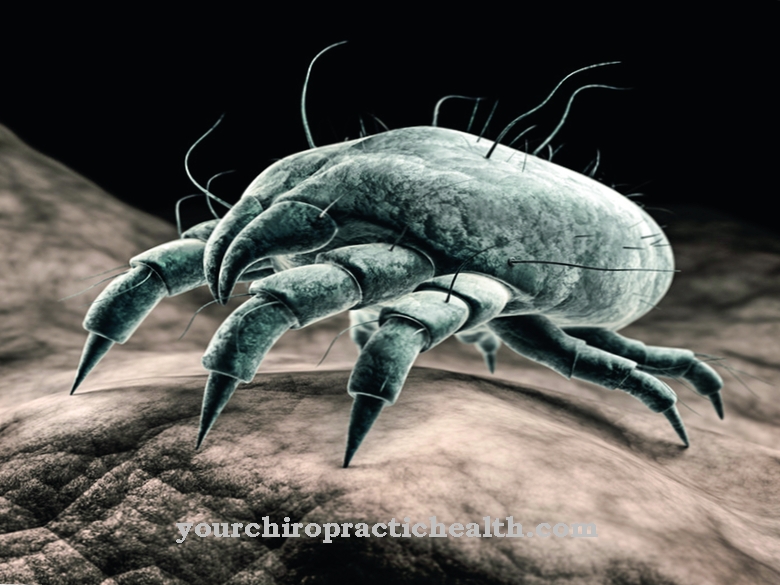
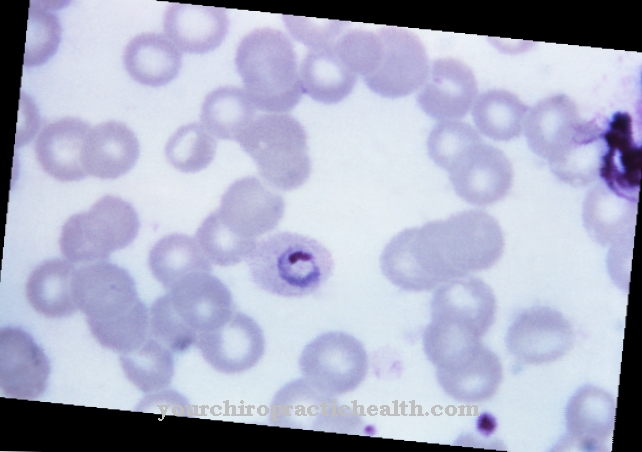
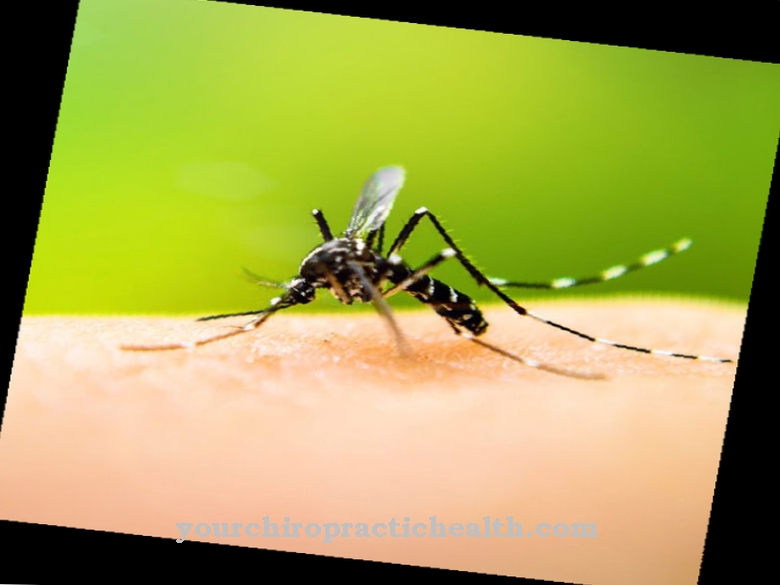

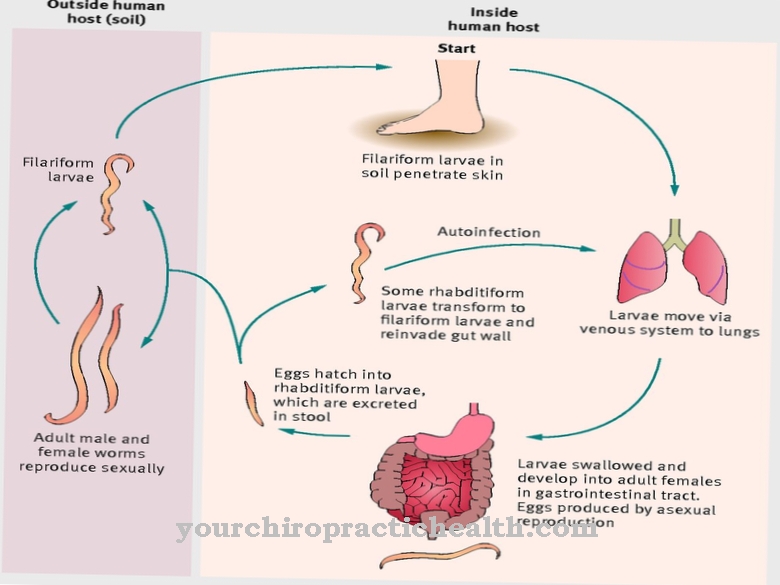
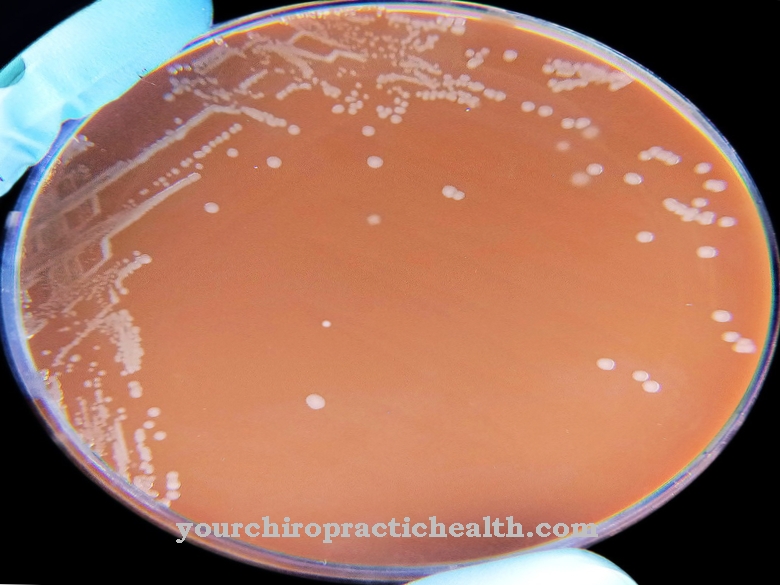


















.jpg)


